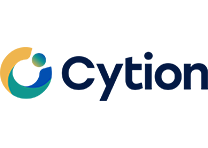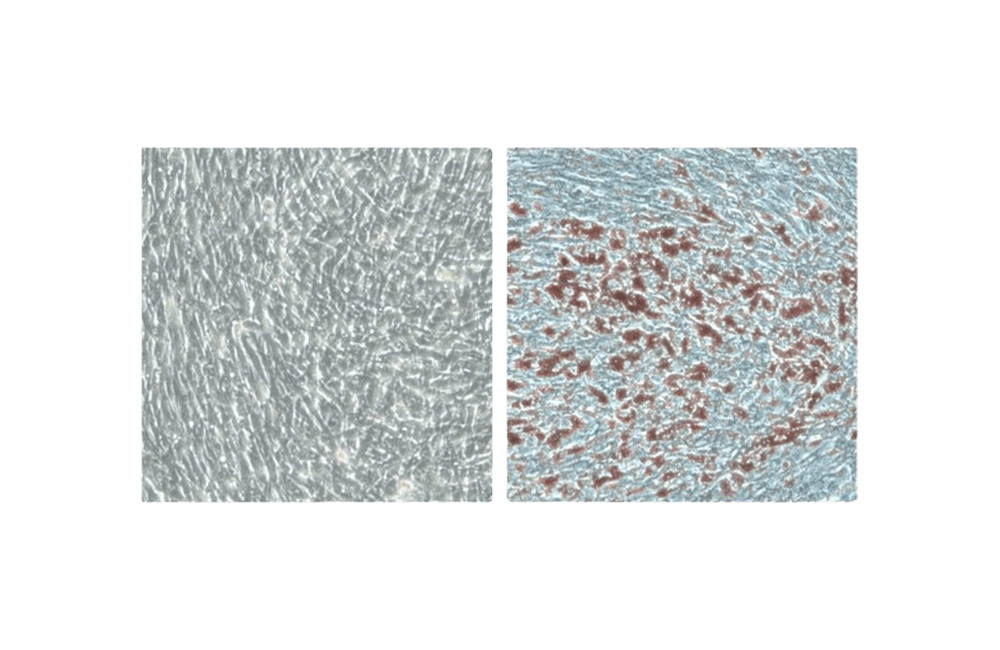What are human primary cells?
Primary cells are the purest representation of their respective tissues. They are isolated from the tissue and processed so that they can become established in a culture setting with ideal conditions. They more closely mimic the in vivo state and display normal physiology because they are derived from tissue rather than modified. Because of this, they can serve as useful models for research into cellular pharmacology, toxicology, and physiology (including studies of metabolism, aging, and signal transduction). Keep in mind that primary cells are more challenging to culture and maintain than a continuous cell line because they have a shorter lifespan and will stop dividing (or senesce) after a certain number of cell divisions. Studies of cell signaling pathways are complicated by the inherent variability of primary cells acquired from donors and through subculture practices. Before beginning signaling studies, researchers often conduct a screening to determine whether or not the cells respond to commonly used stimuli. To avoid wasting time and money, primary cells can be stimulated to activate major signaling pathways before being screened.
Why use human primary cells?
Immortalized cell lines are commonly used as a cell assay. Although scientists have acknowledged that biological changes due to cell lines may be harmful in studying their physiological significance. The use of human primary cells improves the physiologic value of data obtained through cell cultures, and they are increasingly regarded as being important for studying biological processes, disease progress, and drug development.
Human primary cells are widely used in in vitro studies of intercellular and intracellular communication, developmental biology, and the mechanisms underlying cancer, Parkinson's disease, and diabetes, among many other preclinical and investigative biological research areas. Researchers have long used immortalized cell lines to study tissue function; however, cell lines with obvious mutations and chromosomal abnormalities may not be good surrogates for normal cells and the development of disease in its early stages. A more accurate model of a specific tissue cell type can now be achieved by using human primary cells isolated from that tissue and maintained in primary cell culture media and supplements.

